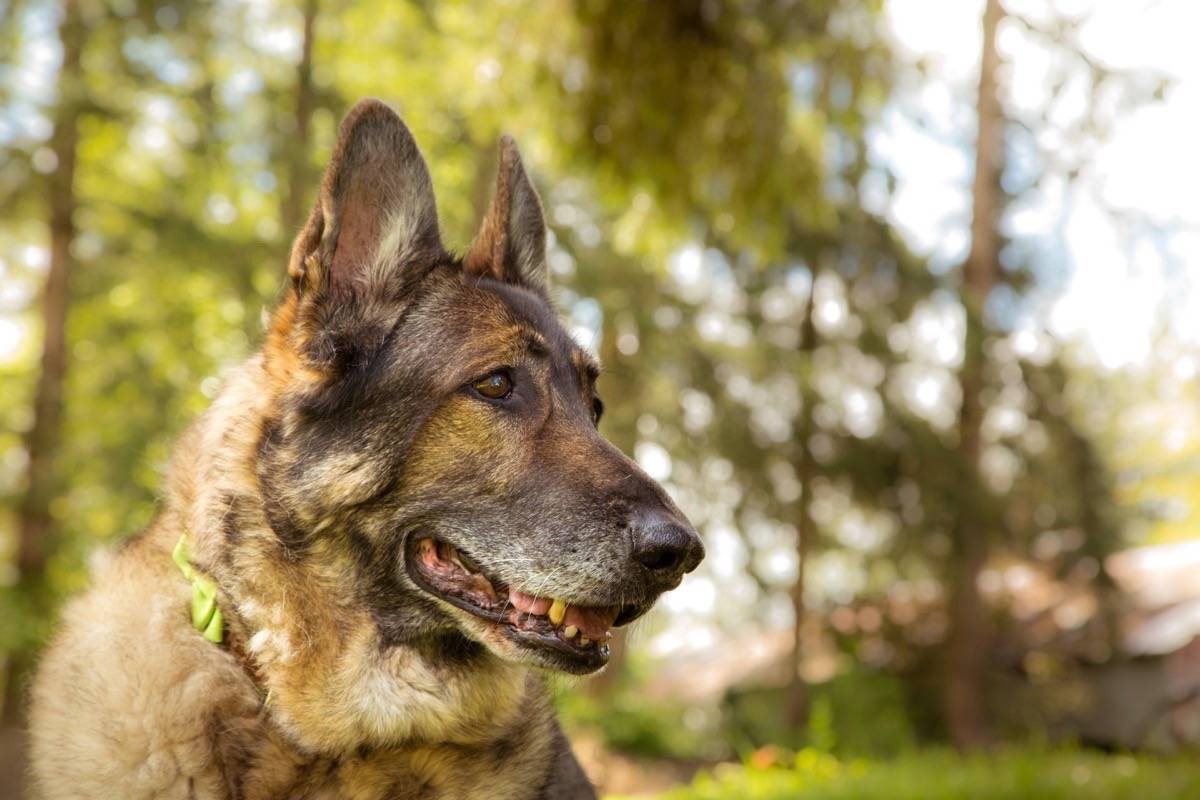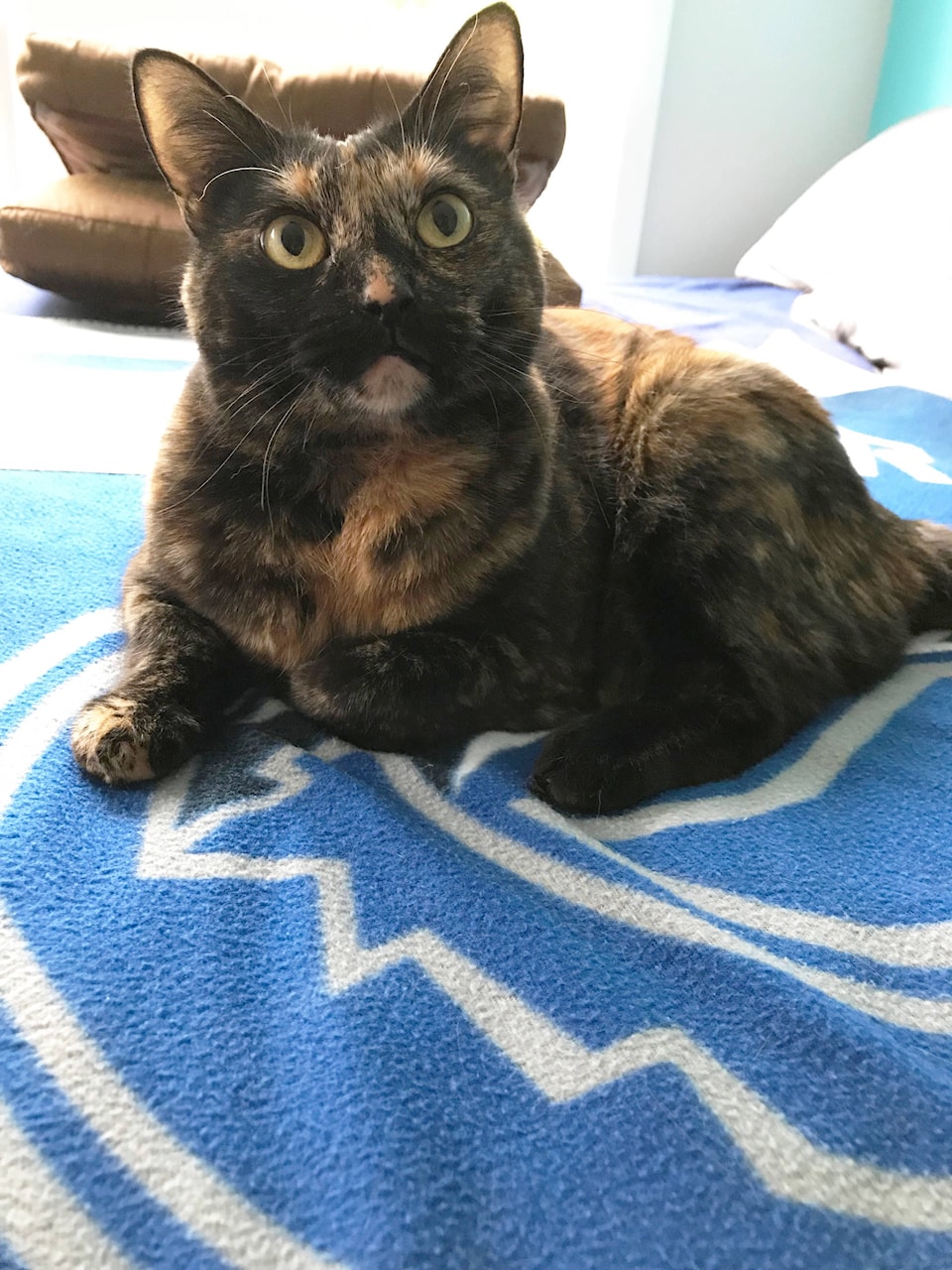When you think of the supports out there for people fleeing situations of family violence, perhaps you think of a shelter, a crisis phone line or a social worker. What might not cross your mind is how pets are dealt with and cared for during these traumatic life events.
This is what Cassie Preston has been concerning herself with as she expands No Pet Left Behind. The crisis foster care program, opened April 1, aims to have foster homes and community organizations at the ready to receive all kinds of pets who come from situations of violence in the home.
Run by the Paws for Hope Animal Foundation, the new program now has 55 approved foster homes and already 18 pets in their care. The program is expanding across the Fraser Valley, Metro Vancouver, and North and West Vancouver, and is looking for foster families and community organizations to partner with.
Research conducted by Paws for Hope together with SFU researchers found that there is a gap in support for people who are contemplating leaving an abusive situation and wondering what to do with their pet.
“This gap frequently results in individuals remaining with their abuser often to their and their pet’s peril,” the 2018 research paper stated.
Generally people stayed longer in an abusive situation, the research shows, due to fear for the pet’s safety. And this fear isn’t entirely unfounded.
In situations of intimate partner violence, pets often act as emotional support for those experiencing abuse. In up to 89 per cent of cases of domestic violence where animals are present, animal abuse also happens.
A 2017 Canadian study found the abuser most often threatened the pet, followed by “intimidation of the pet, physical violence, neglect.” In a full 14.5 per cent of cases in the study, the pet was killed.
For people returning to the home of their abuser to deal with their pet left behind, it can be dangerous and even fatal. A recent tragedy involving a Salt Spring Island woman, Jennifer Quesnel, is one example Preston cited.
Quesnel had recently left her husband John Quesnel after 18 years, a marriage family said had a “clear history of controlling and abusive behaviour by her husband,” and returned to the family home to visit her horse and collect belongings. Family said she was shot twice by her ex-husband before he turned the gun on himself – both died of their injuries.
And as the 2018 study found, despite a clear link between intimate partner violence and animal abuse there are few resources available. “In many cases, leaving a pet behind is akin to leaving a family member in danger,” the study concluded. “A lack of resources forces the human victim to choose between their own wellbeing and that of their pets.”
Foster families wanted
The program is looking for people who can foster all kinds of animals. Dogs and cat, rodents, reptiles and even larger animals who need to be housed in a farm environment.
So far, the majority of animals in the care of Paws for Hope are cats so the need is greatest for those who can foster cats or any pets with special needs.
Fostering will look a little different than your average foster situation – for smaller communities, Preston said they will try to find a foster home outside the community so there is no risk of people wondering why a neighbour or acquaintance is walking a well-known pup for example. “As we go outside of the Lower Mainland, that might be tricky, but (we will) if we can,” she said.
Foster families will also need to promise not to post photos on social media. Other than that, the process involves sharing two references and doing a virtual home visit. “And then, you’re just kind of on standby for someone seeking help,” she said. Pet owners and foster families won’t ever meet or get in contact, all of that happens through Preston.
If the program is needed, anyone can refer someone to them. “It could be that person calling myself directly or emailing…or a friend, or a few times I’ve spoken with their case worker or someone from a shelter,” Preston said. Ideally a shelter, or other community partner, would take the pet in the meantime, before a foster home is identified.
Each pet is given an exam and necessary treatments when they are taken in, covered by Paws for Hope.
As the program is new, Preston said they are also looking to connect with community partners that will act as ‘safe havens’ where people can drop animals off. This could include local women’s shelters, veterinary hospitals, animal rescue groups, animal shelters, police detachments and other community organizations.
To become a foster parent or get involved in the No Pet Left Behind program, contact Preston at cassie@pawsforhope.org or 604-506-9297.
Do you have something to add to this story, or something else we should report on? Email:
emelie.peacock@hopestandard.com
Facebook and follow us on Twitter

